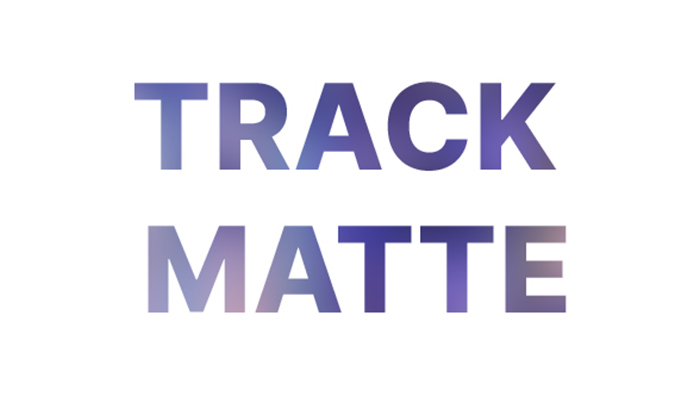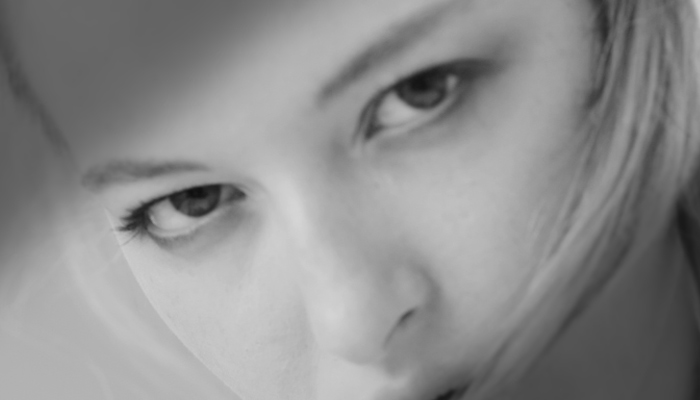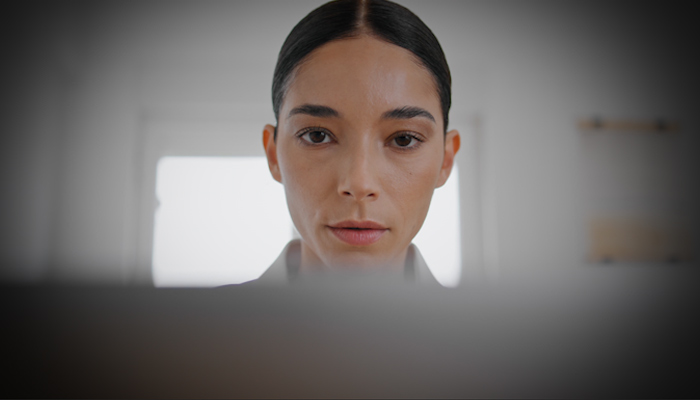Today on Art of the Cut, we talk to the editors of Disney Plus’s “Obi Wan Kenobi” series. Those editors are (alphabetically): Nicolas de Toth, ACE, Kelley Dixon, ACE, and Josh Earl.
Art of The Cut with the Editors of Obi Wan Kenobi
Nicolas de Toth has been a previous Art of the Cut guest for his film Gunpowder Milkshake. His other work includes Hitman: Agent 47, Gulliver’s Travels, X-Men Origins: Wolverine, and Live Free or Die Hard among others. He also edited the pilot of the Hawaii-Five-O reboot.
Kelley Dixon has also been a guest several times on Art of the Cut including for her work on the film The Goldfinch and for her work on Breaking Bad and Better Call Saul. Kelley’s other work includes the TV series The Falcon and the Winter Soldier, The Passage, Castle Rock, Preacher and Halt and Catch Fire. Kelley has won or been nominated for numerous Emmys and ACE Eddies.
Josh Earl was brought onto the project as a First Assistant Editor to Kelley Dixon and eventually co-edited the final episode of Obi Wan. His previous editorial work includes the feature film Shepard, and TV series including Race to the Center of the Earth, Bering Sea Gold, Around the World in 80 Ways, and Deadliest Catch for which he won numerous Emmys and an ACE Eddie.
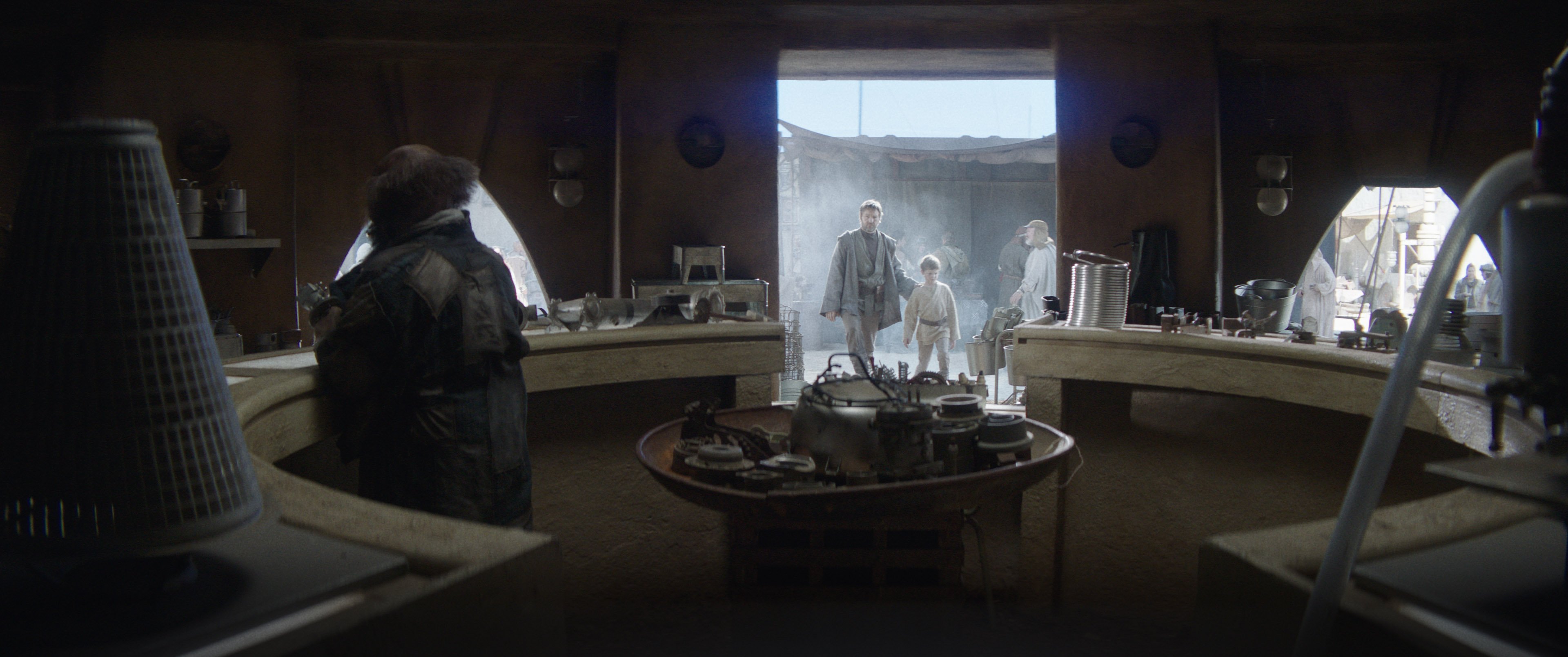
What are the benefits and drawbacks of cutting a TV series where the show length isn't critical? Kelley (Dixon), you've worked on Breaking Bad, and I'm assuming they had to be a specific length because they were on broadcast TV. With streaming, you now have minutes to play with. Is that a good thing or a bad thing?
DIXON: It's always a good thing. Being set on time is always terrible. You feel very handcuffed. Of course, it's always a good thing because we're not limited in any kind of way. When we finally decide something is locked, it can actually be locked. We're not going through trying to make a time pass.
With something the size of this show, tell me a little bit about managing the cutting room. There are a lot of people there involved; there are VFX editors, music editors, the assistants. How much are you having to manage the other people around you, and how much are you being managed?
DE TOTH: I think we were pretty segmented in the end. We were very compartmentalized while interacting with each other. So we had stewardship over our episodes, but then we had a great team supporting us across borders, so to speak. Now there were no actual borders or segregation, but Kelley had her workload; I had my workload, and then we would check it out, and in general, it was a pretty fluid and great team.
I think we had some really good support, and it worked like a well-oiled machine. There was the monster, which was the visual effects entity, which loomed over everything. Josh and I did our stuff, and then we'd meet in the kitchen and discuss the vicissitudes of editing our episodes and sit in each other's room and watch the shows together.
It was a really good situation. I think it was not unlike a feature in the sense that the story was linear; it wasn't episodic. There was continuity and there was a good flow from episode to episode; it didn't feel like vastly different editing styles or ideologies when it came to character arcs and story. It was a really good situation.

How much of that do you actually have to manage as editors versus how much of that is for the post producer, the assistant editors, or someone else?
DIXON: Josh (Earl) would be a great person to answer this because he wore a couple different hats.
EARL: What's weird is Nick (DeToth), and I were texting about how it’s a great team that naturally fit together nicely. Early on, when Kelley called, she was asked if I possibly would want to come work on a Star Wars project as her first assistant and play with some Star Wars stuff. Before she even finished asking, I said, “Yeah, whatever, what are we doing? When is it? Is it tomorrow? I’ll do it. Let's go play!” Jumping into it, I talked to Nick’s first assistant Ken Terry who is amazing, by the way, and he said, “I think we're gonna get along nicely.” because he's really good at running that room; he’s really good at running the communication between the DI, between the mix, all that stuff.
DIXON: I think Josh is getting a little ahead on this. Josh is an established editor on his own. He is a five-time Emmy winner. We have known each other for several years but have never worked together since we work in very different genres of the business. So, in reality, Josh was an editor that I was basically asking to step down into being an assistant, and Josh’s immediate response was, “If it’s Star Wars, then yes!” [laughs]
I just wanted to add that to catch people up.
EARL: [laughs] What we get to do is pretty insane. We are paid to tell stories, so as long as I'm having fun, I don't care what the job is and especially if the team is good. It hit me after those first two weeks because I saw, “Wow. We have something special here.” Everyone was talking really well; we had lunches together, made sure that we were communicating as much as possible. If any issues came up, we'd work as a team.
I worked closely with Ken to make sure we were on the right path because he’s been doing it long enough that he could take over any weird technical thing that might come up that I might not catch from a feature perspective.
DE TOTH: I think that's where there's a perfect symbiosis because Ken is a very technical “delivery/ingestion/output/cross-contamination” type of individual. He literally can do it with his eyes closed, and he's done it on huge movies. You name it, he's worked on it. As an assistant, he's very technical, and Josh, with all of his editing, brought a very artistic sensibility to it, but when you think about all the coordination, Ken handles that part of it. They were really well suited; I think that's why it was a good collaboration in that respect.
EARL: Steve Rhee was heading up the effects editing; we had Gioia Caruso, who was the second (assistant editor). She was a first (assistant editor) that came on to be a second (assistant editor). We had this crazy, awesome team talking to one another, and if something was wrong, we would all get together and figure it out.
DE TOTH: Last but not least, Nick Fitzgerald, the music editor who was so instrumental in shaping the score and influencing the way the score was made. He definitely needs props here because he worked tirelessly. We had an issue where we were going to have one composer, but they fell ill, and so at the last minute, we had to get a different composer who had to do a lot of catching up.
It's incredibly difficult to catch the tone and music of Obi-Wan to keep it respectful of the original score while still trying to infuse some element of contemporary and modern aesthetics without breaking it because we all know and love the original Star Wars themes. But to Josh's point, we had an incredible team,
EARL: Deb (Chow), the director, even had postvis in-house at one point, which was awesome, especially nowadays when it's not as common to have them right with you. Usually, they're an email away, but to have them right there and be able to jump over and say, “Hey guys, set up this shot like this and I'll be over to talk late, and we'll figure it out” or ask them “What do you think? Is this what we want?” and then to be able to have them say, “Yes” “No “Tweak it this way.” was really amazing.
DIXON: Josh is a really great liaison because he's got the creative down, and he had to liaison with all the departments as a creative, not just as a technical. He was initially nervous to be an assistant because he hadn't done it for years, but I said, “Josh, I'm not nervous about anything because I know that you've been doing this stuff on your own projects for so long. I'm not worried about this at all.”
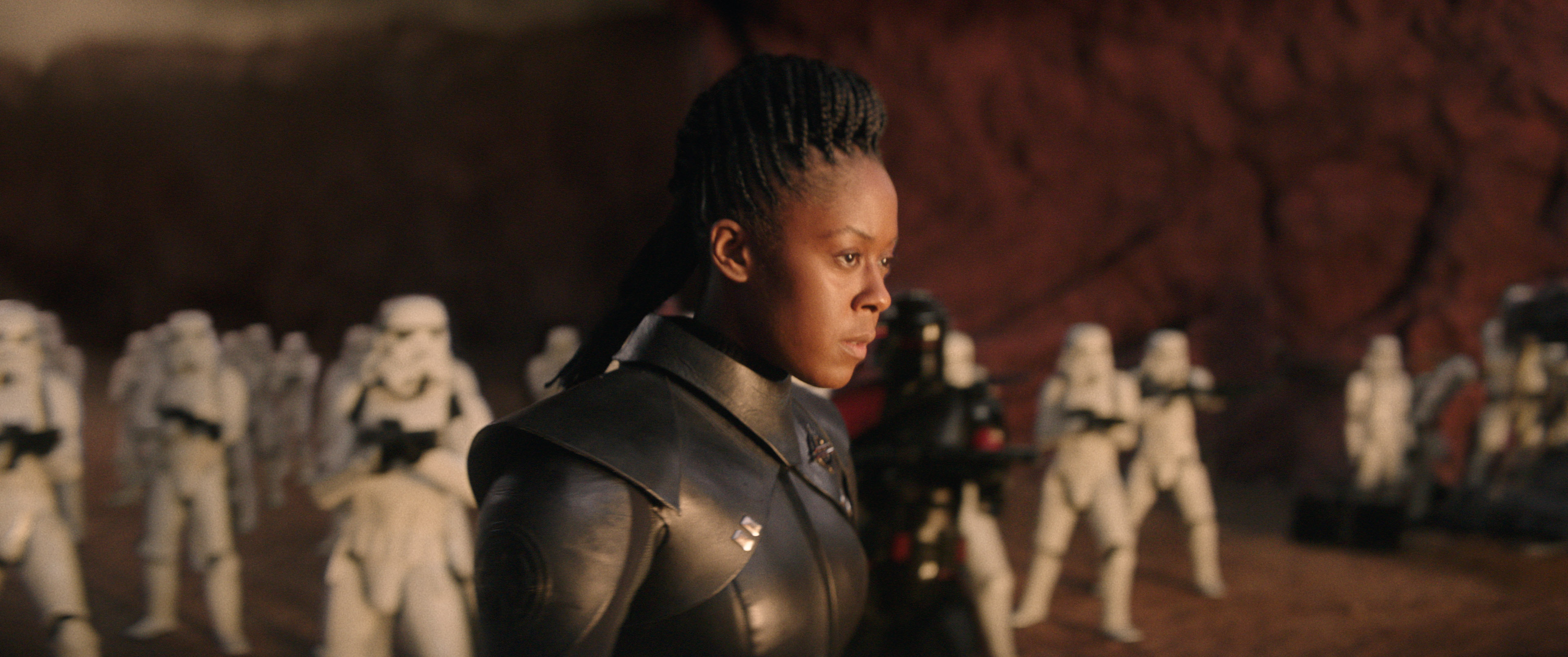
It's interesting that the way you step from assistant to editor is to have what is really a very different skill set.
DE TOTH: That's a whole conversation. The ascension of editors and assistants is really problematic because you get pigeonholed. The people who don't know about production think that being an assistant director leads to directing when in fact, it leads to producing. It's the same thing with an assistant editor; it almost leads to post supervisor more than it does to editor. Not completely, but similar skill set and workload, so unless you are actively promoted and actively encouraged to edit by your editor, it's really difficult to move to editor.
There's also the perception and stigma of “Oh, you're an assistant.” I'm working on something now where people who ascended to editor are still seen as assistants, and so they are editors, but they are still seen as "Yeah. You're still the kid.” and it's really hard to shed that as an assistant, and it’s a tough place to come from.
EARL: Because of Gioia and Ken, I was able to jump back in. If I'm editing a project at home, I have to do a lot of the assisting, but I do it my way. Now, if it’s at a studio, there's the Lucas film way, the Disney way, the Fox way, the Universal way, and so on; you relearn it everywhere you go, and they reiterated that as I was doing it, but I never intended to walk in and say, “Nah, I could just do this. I don't need any help or anything.” I've always said to people, “If I'm working with you, always ask me questions.” I'm not going to get mad at someone for asking questions. I'm going to get mad when you don't, and then something gets screwed up.
With Obi-Wan, I instantly went in and said, “I've got all of the questions!” What I found out was that a lot of the stuff I had already been doing is very similar.
I was on a show where I was supervising producer, supervising editor, and my own assistant, and they said, "Here are the deliverables for a Lionsgate feature.” I said, “I don't even think I have any of these things.” It’s one of those things you learn to talk through those elements.
DE TOTH: One of the big reasons why we can claim this show as a win is because of (director) Deb (Chow). She was the through-line. Ultimately for me, this is familiar territory; this was a common vision from start to finish across the board for music, for sound effects or visual effects or everything. In that respect, that made our lives a whole lot easier when it came to that. She was incredibly accessible, incredibly collaborative, and present, which made it a lot easier because if there ever was a question, she was there.
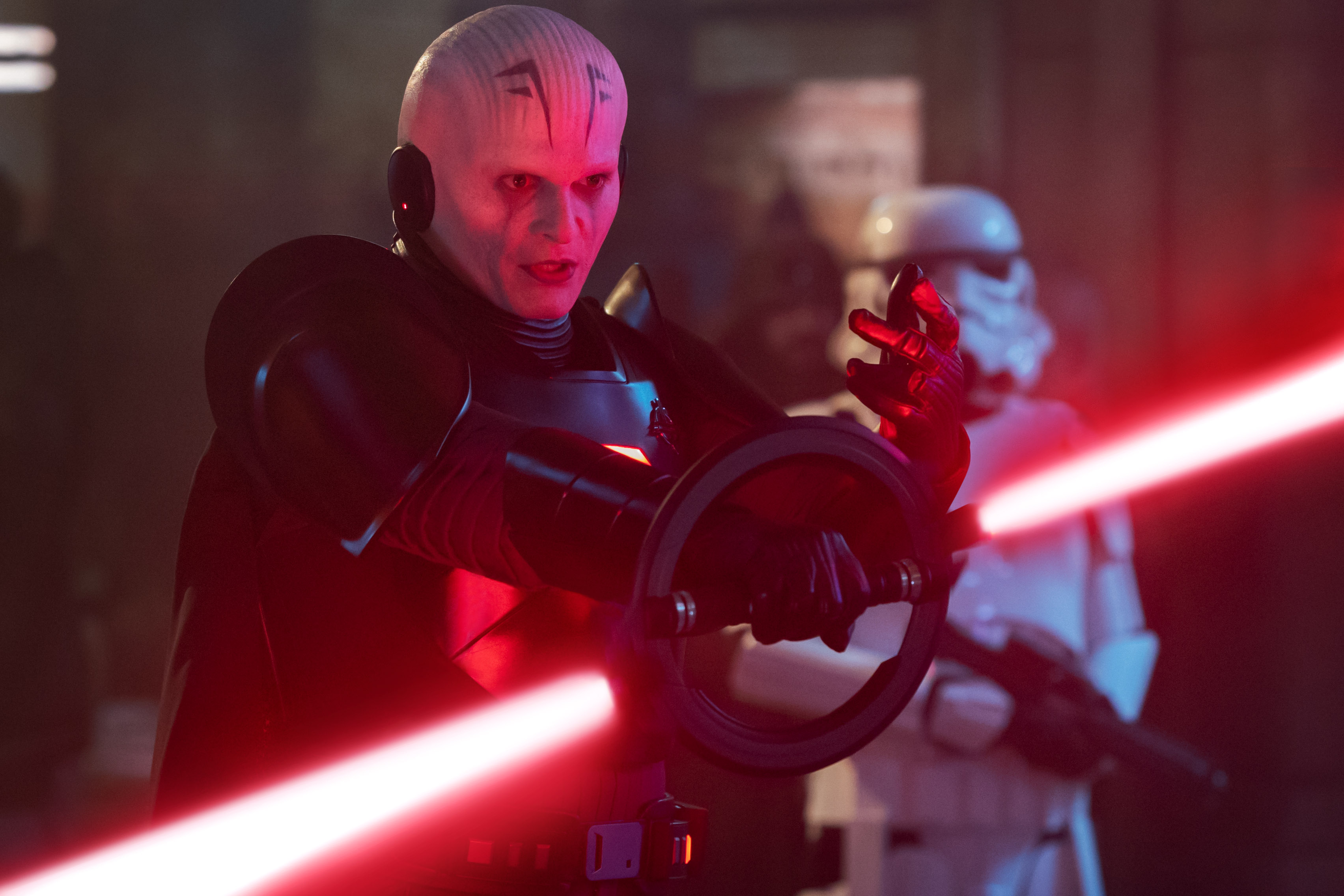
Kelley, this would be a great place for you to chime in because you've worked on TV series where you've had multiple directors. Talk about the benefits of one person through multiple episodes.
DIXON: I may have worked on TV shows that had multiple directors, but the biggest shows I worked on were Breaking Bad and Better Call Saul. They, in comparison to Obi-Wan, had singular visions from the showrunner aspect, which was a little bit different. Those directors also answered directly to the showrunner. I don't think I'm probably the best person to answer it that way because, in television, you do have a showrunner aspect. The thing about this show, even though it was run as a hybrid TV/feature, our director was Deborah Chow, and I hope I'm not overstepping by saying it, but my interpretation was she was also basically our showrunner.
Every show is different, of course, and I think working with multiple directors is an advantage because I get to see a lot of different styles. As Nick was saying, Deb pretty much had worked out all the answers already. If we had questions about anything, we could just ask her, and she responded. I think that a lot more shows are going to be done that way. We're already seeing the hybridization of a lot of shows, especially in the streaming world. I think that writers and producers are realizing that they can tell a better story in eight hours than they can in two.
I worked on this show for, I believe, a year and two weeks; that’s a long time. Most episodic stuff you don’t get that long. On a longer year of Breaking Bad or Better Call Saul, we worked maybe 33 weeks total, and on this, we worked 55.
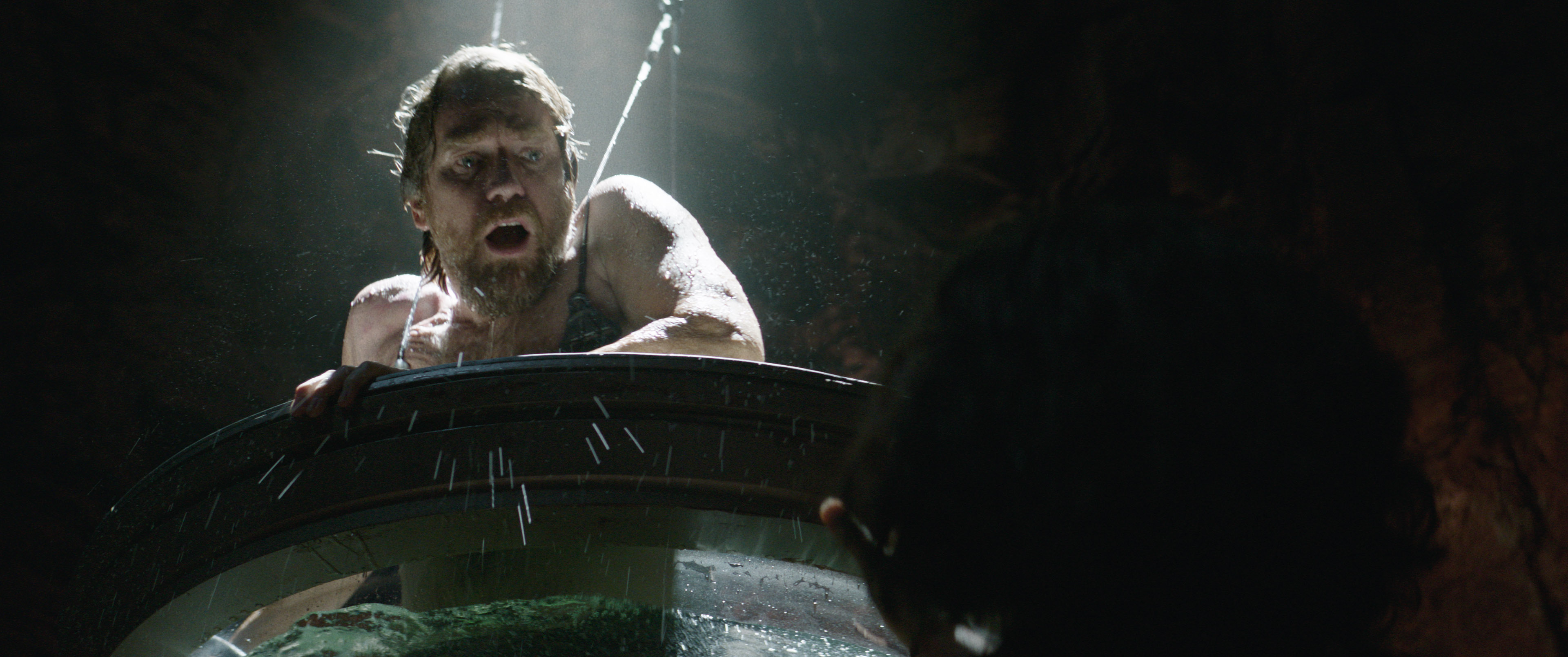
Was it “block shot” more like a feature where you're getting little pieces of your episodes? (Block shooting would deliver scenes from a specific location or set for all of the episodes instead of just one, meaning often waiting for scenes until they got to that location to shoot for all episodes.)
DIXON: Not on the whole; I think in some instances, they did towards the end. For the most part, they tried to do it episodically. I think the reason that they did that was because they didn't really need to “shoot out” locations. When they did need to shoot a location, they did block shoot, but for the most part, if you look at the episodes themselves, they are very enclosed in themselves; not to get too technical, but we were also shooting on The Volume, and people who watched The Mandalorian and watched the behind the scenes know about this new technology. This room where they can shoot on a sound stage, but it's almost three-quarters enclosed with a projected background. It was advantageous to us, but it also made it so our visual effects team could get stuff ready. They had to prep to get those backgrounds ready. There was really no need for us to block shoot that show.
Are there advantages in editorial for shooting on The Volume?
EARL: The minute it came in, my eyes melted. There were scenes where all we had to do was touchups. It looks gorgeous for a rough cut. VFX is gonna stab me for saying, “We just have to do touchups” [laughs]. I'm sure there was a ton that had to be done, but for a rough cut, you don't have to imagine very much. There are movies that come out now where they show previs and postvis, and it looks super rudimentary, and you just have to get past it. You have to picture the spaceship coming in where we just had it come in. It was crazy and all done on The Volume.
DIXON: I wasn't there when Nick started, I started about two weeks later, but when Josh and I were together, and we first went on The Volume, we were just awestruck.
EARL: Yeah, complete silence.
DIXON: We said, “I can't see where it ends. Where does it end? Oh my God!” When we saw it, the big gigantic stage door was open, so there was a lot of light coming in, but it still was really hard to tell when you stared across the sound stage.
Definitely with Josh because he's such a Star Wars fan that whenever we were in some new area, and they had changed the stage to a big landing platform, and you would walk on there and all of a sudden you're on that hanger, and there are big spaceships that are right there projected. It's pretty amazing.
EARL: I think we all went to The Volume for Vader's throne room, right? We went as a group.
DE TOTH: The atmospheric experience of it is amazing but also editorially, it really helps with the flow of the cuts. When you're working with a blue screen, and the whole world has to be created on that blue screen, it impact the way you cut it. When you have that already there for you, it makes your job easier in that respect, things will change ever so slightly, but it's not to the extent of when you're doing it with blue screen or green screens.
Now you can do a fairly believable comp; nevertheless, it doesn't have the same integration, and it impacts the cut in a different manner. When you look at that, and it's already realized. I'd say at 80% of what it will be, as opposed to 60%, it makes a big difference in how you cut it.
DIXON: One of the things I learned on this project was that we could take the saber fight, and it might be in full screen, and Deborah would say, “Shrink those down, shrink them down and put 'em in this one small corner.”
I started to understand that the rest of the world is gonna be built anyway, so we can take something that might be a medium shot, and we can now turn it into this massive wide shot with a big world.
DE TOTH: That’s exactly what I was gonna say, they literally gave us so much to play with, and they gave us such a huge sandbox. It's a rare privilege to work on projects of this scope. "You want it this way? Fine. You want to split them? Fine. You want to take the head from this take and the body from that take? No problem!” All of that costs money, but the nature of this show permitted that. It allows you so much freedom. You really see that in episode six. That fight was really created in the cutting room.
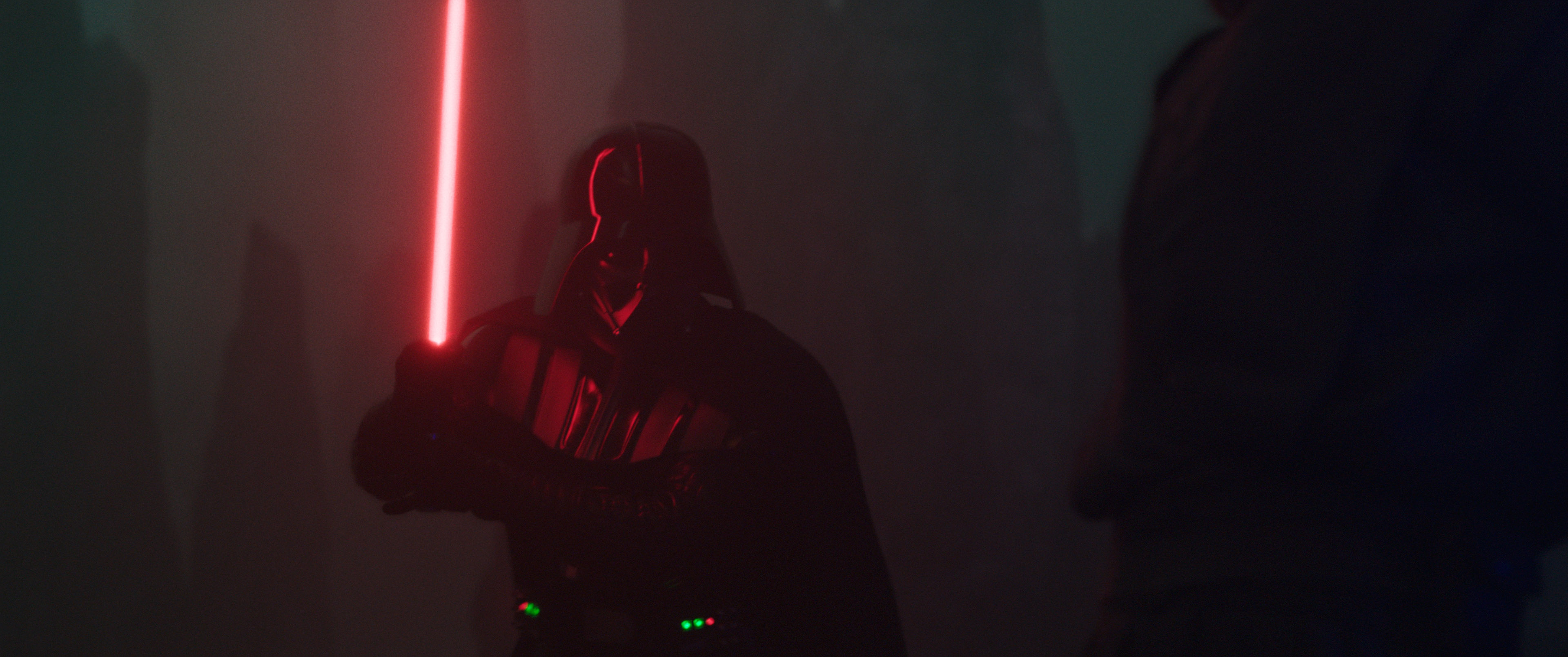
I love the exact point that you made, which was cutting out to the big wide shots was so awesome. Talk to me about that decision and how that works editorially because multiple times, you cut to a very wide angle of the fight.
EARL: We did it a couple times. It really helped the scope of what's going on because that barren moon brought something to the transitions as well. Kelley, you were working on that transition that we had between Reva and the fight between Vader and Obi-Wan.
DIXON: Oh yeah, that was a totally created transition. Deb asked, “Does she ever do something with that box?’ I had the freedom to say, “No, but maybe if she throws it down the stairs, we could cut it. Let's see.” So we created that box being sliced through and made that transition. It taught me a different way of thinking, which is always great because you're growing, and I may never use it, but it will be something I can take with me.
DE TOTH: Cutting to the wides is something you don't always have the opportunity to do because of what you are watching. In this situation, lightsabers are epic in a wide shot. A lightsaber fight in a dark world is beautiful, the red and the blue. It's fantastic. It's pretty rare that you have the opportunity to explore that. We did when Vader is pulling down the ship or some of the sword fights, but if two people were in fisticuffs - unless it's really planned for that or silhouette and visually enticing - there's no reason to cut wide. There's no visual appeal to that, and it puts you out of it for no reason.
EARL: I'll even say that’s another reason postvis was crucial in-house for when we had it because we'd knock out a shot for us just to see if it would work, and they would have something ready in a day. That's what was great about postvis because we didn't have rocks when Obi-Wan was lifting them in that scene for the longest time because I didn't want to take that time. They, in a day, knocked it out; it was a rudimentary version of it, but you see what it's going to be, and it gets the point across for what we are going for.
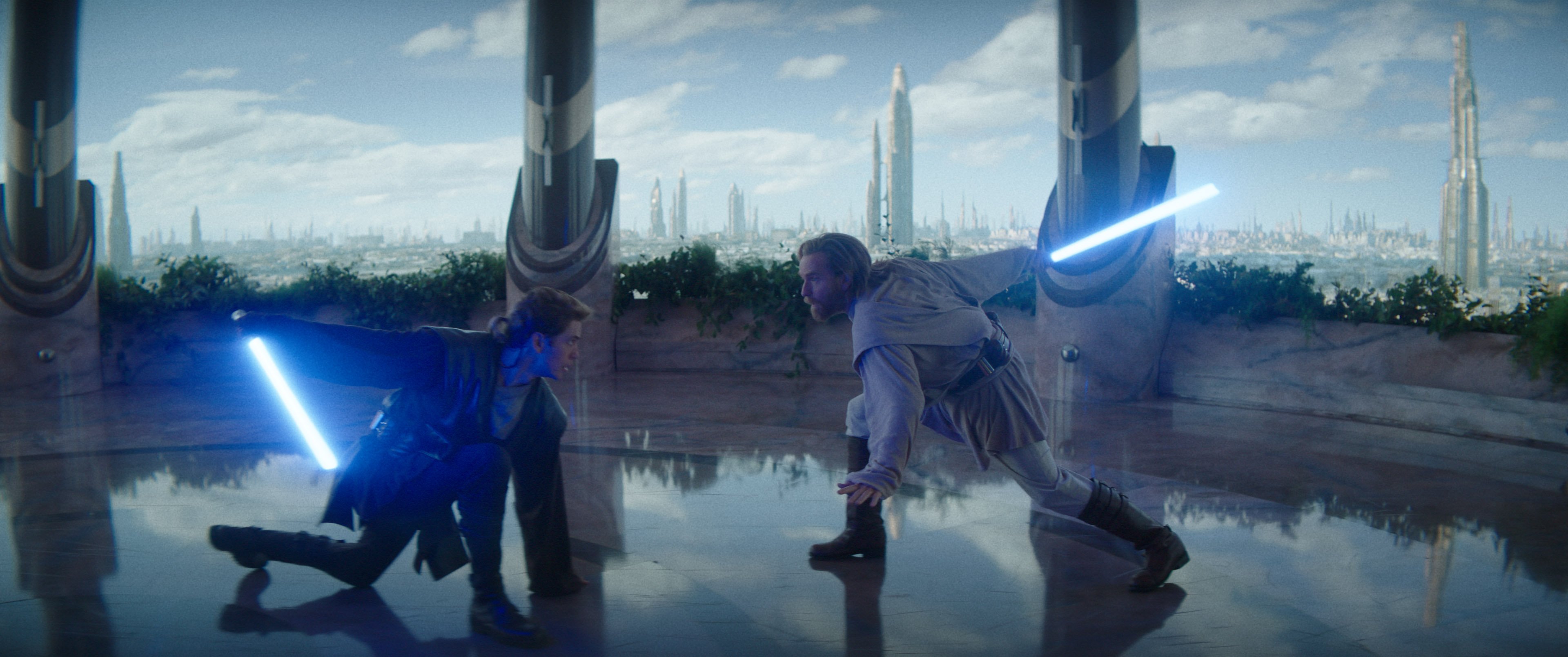
Talking about the intercutting that happened in episode five, was that scripted, or did you find you needed to break it in different ways to be able to serve the story better?
SPOILER ALERT
DE TOTH: No, that was pretty much scripted. There was one concern about the point of view if it was Obi-Wan’s recollection or an altruistic perception that we are privy to this memory, but we're not sure whose it is because, in the end, Anakin loses. We tried different placements but really wanted this to be a chess game between the two. It was scripted slightly differently where it didn't always transition from flashback to protagonist sometimes, it would transition from flashback to a secondary character or an establishing shot, and Deb was very conscientious and very adamant that she wanted to transition from one to the other. It transitions in and out of flashbacks from either Obi-Wan or Anakin so that we tied together, and she really wanted this to be this chess match between the two of them.
END SPOILER ALERT
How do you even maintain the understanding of where you are in the fight? Do you have some kind of stuntvis or something to let you know how this works? Or are the beats of the fight scripted very specifically?
DIXON: I will say that Josh and I worked on that together, because it was so massive, and I had so much of the other episodes to work on. We were trying to get this stuff done so it can be viewed in case there's any pickups to be had. The first thing I'll say is that Deborah Chow had choreographed this the whole way through. It is massively choreographed, and it's done in sections. I was working on finishing episode four, which had its own massive amount of fight scenes, so I asked Josh, “Hey man, do you mind?” [laughs] I knew he didn't mind but asked, “Hey man, do you mind cutting the beginning when Vader lands and they start? I will take the second half.” I actually think that I roughed out the whole thing, and Josh definitely took the beginning because I never touched the beginning of it.
Our whole plan was to get Deborah to feel comfortable with Josh, not as an assistant editor, but as an actual editor, and she did, so I got to say, “Hey, you're getting three editors for the price of two and a half, this is a good thing.” Of course, I wanted Josh to have half a credit, and all of that is very political to be worked out. She came to me and said, “Hey, we're in a grind where we're trying to get all this stuff done. Do you mind if Josh takes over on the fight?” and I said, “No, I’ve actually done quite a bit of work on it, and I trust Josh with anything.”
EARL: There is stuntvis, and we originally looked at it when we were laying stuff out because I grabbed the opening and that second part with the rock pillar, because there were now five main sections of the fight, but it was challenging, but also man, was it fun to sit and just go through it all. Deb would have us try this and that, or add this section or lose it, and then there are parts that had to be merged. There are seamless sections in there that took time to get to work since they weren't initially meant to go together, but then there were other sections that were so cool because every angle of that fight had something going on.
DIXON: Oh yeah, and there were at least three cameras every single time on that fight.
EARL: There was the overhead shot that we were able to make into an overhead shot. It wasn't just the crane anymore, we could push out, and now we were watching these lightsabers on this barren moon swirling around when we wanted to. It was a matter of mixing what was intended and then blowing that apart because we did a cut of everything. There were times when she asked, “What if we extended this? What merged those ideas?” That part, to me, was really fun. I've seen reaction videos of people where whenever we would cut away, they'd shout, “The fight! Go back to the fight!” but I think it actually balanced it really nicely to go and see this other menacing, dark chase with Reva that was happening.
DIXON: A lot of those pieces where we would cut away, they were all scripted, but they weren't scripted in the places where we cut to them. A lot of that work was figuring out how can we do this restructure without upsetting the delicate balance of what is happening in the other part where Reva is questioning her own motivations.
EARL: The thing that we had to get across was “who's winning at what time?” it can't just be back and forth. We needed to make it so that people can understand this Vader is confident; he’s holding a rock the size of a three-story building and having a discussion while Obi-Wan is trying his hardest to crush him and is doing everything he can. Then by the end, Obi-Wan lifts up all those rocks and just destroys Vader with them up against the wall. That's the arc that had to be followed. Here's the clear vision of how this fight plays and the challenge toward the end of it was making it sing that way.
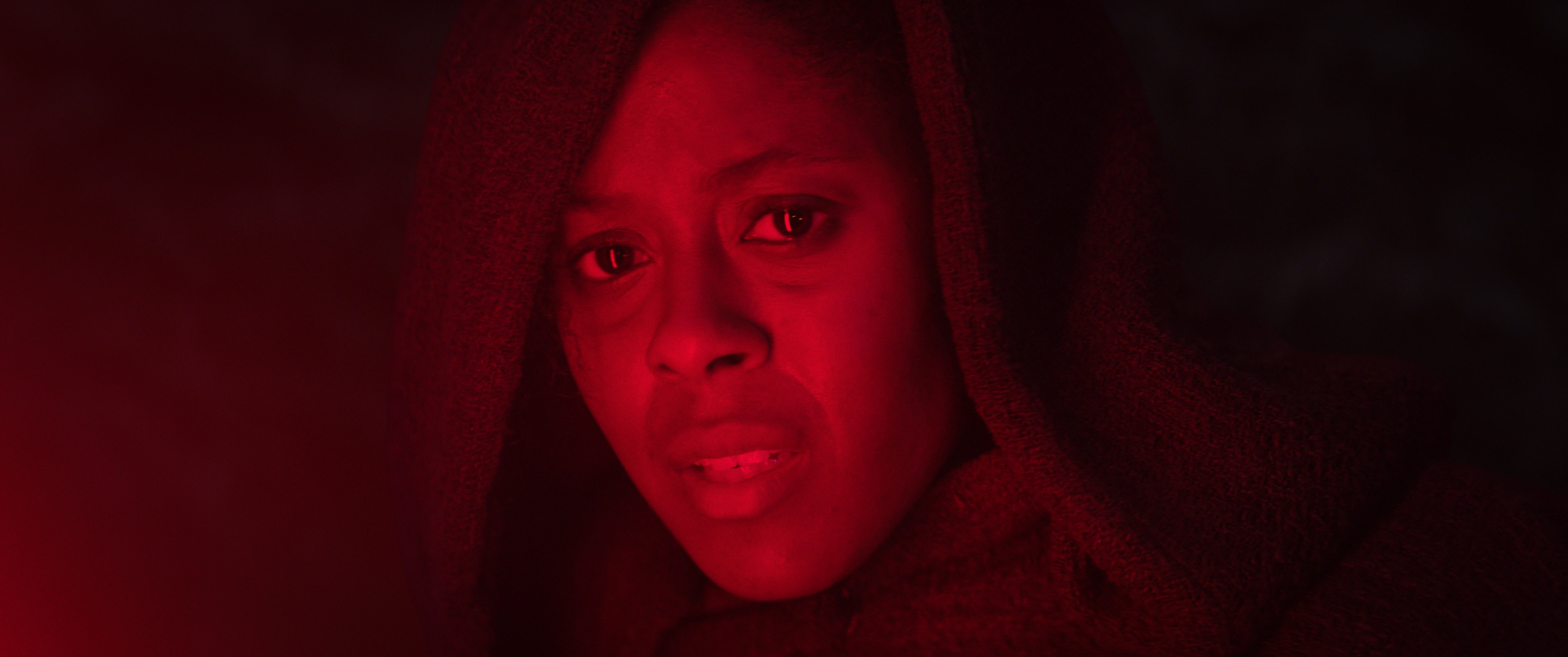
I'm assuming that those separate parts of the fight are probably separate bins or even those separate categories also were separate bins?
DIXON: I wanted to tell you that I'm always going through a learning renaissance on a show. These fight scenes are some of the biggest things that I've ever done. It started in episode four, and I basically learned how my mind works and how I needed to approach this stuff. I basically had to learn how to organize according to what I needed to see and what I could put my hands on fast. I don't remember as much about the final fight, but I can tell you that in episode four, we have two much shorter light saber fights that are going down a hallway from point A to point B. The way that I would organize this was if I'm going from south to north, Obi-Wan is traveling from south to north. I need to see what is going forward and what is going backward, and that is how I organized my bins.
DE TOTH: I had a similar approach. There are specific anchors in the stuntvis and the stunt coordination, certain moments that are bellwether moments, milestones, in the fight. I'll usually break it down into those milestones. This (section) is everything leading up to the super punch, which is a wire-pull, so everything leading up to that moment will usually live in one organized fashion. In that respect, it's similar to Kelley’s in that there are very defining moments in the stunt when they shoot it.
DIXON: Josh, correct me if I'm wrong, but I would have some of them in stages, and then when that stage was done I'd color the bin blue and know everything I need is in that bin; I don't need to look for it anymore. Now I'm looking for the green bin, or now I'm looking for the pink bin and so on.
EARL: For the hanger scene in episode four, I did separate bins for the direction The Volume was shot. That was another layer I used, but yeah, Kelley, we definitely used tons of color coordination which helped a lot.
DIXON: Something that I want to say for assistants that are listening to this is one time my second assistant Gioia Caruso saw how I was changing the bins, and of course, being an assistant and conscientious, she asks, “How can I help you?” and I responded with, “Don’t worry about it, you can't, I have to digest this footage.” We have all different ways of how our mind is going to be able to access this footage, and the key for me, is I need to be able to cut it, so I need to find where things are, but I also need to be able to put my hands on anything very quickly.
So if Deborah Chow asked me for a shot that I didn’t use in the cut, my question to her would be, “Do you remember which way he was pointing?” because then I can go straight to those sections and check.
So to the assistants out there, I won't speak for all editors, but for me, I need to be able to look at this stuff and figure out my own way of organizing it. That’s not their responsibility. Now, as a teaching moment, if your assistant is trying to learn to be an editor, then you can basically show them what your process is, and you can explain how you think about it and explain how they need to come up with their own way, of course, if that's the objective, you have to be able to put your hands on it very quickly.
DE TOTH: Exactly! That's interesting that you say that because that's exactly your point of learning to edit and think as an editor. That's exactly why I encourage them to organize the bins for me, or at least the beginning of it because I have them organize it for me not in a chronological way, but per coverage. Sometimes it gets confusing because some coverage overlaps, and this is where you have to think as an editor, “Where would you go next? How would this flow within the context of the scene?" I say, don't put it in by closeups and wide shots because that doesn't matter. You need to watch it, and you need to know it.
As an assistant, you will know the film better than anybody, and you will also think as an editor, and that allows you to cut stuff. I always tell my assistants to cut anything they want, anytime they want. When I started in film, you couldn't do that; now, you can cut and recut any scene that I've cut, scenes that I haven't cut, it doesn't matter. When you organize the bin in a specific way, which is chronological but also coherent to the character's journey, how would you cover it?
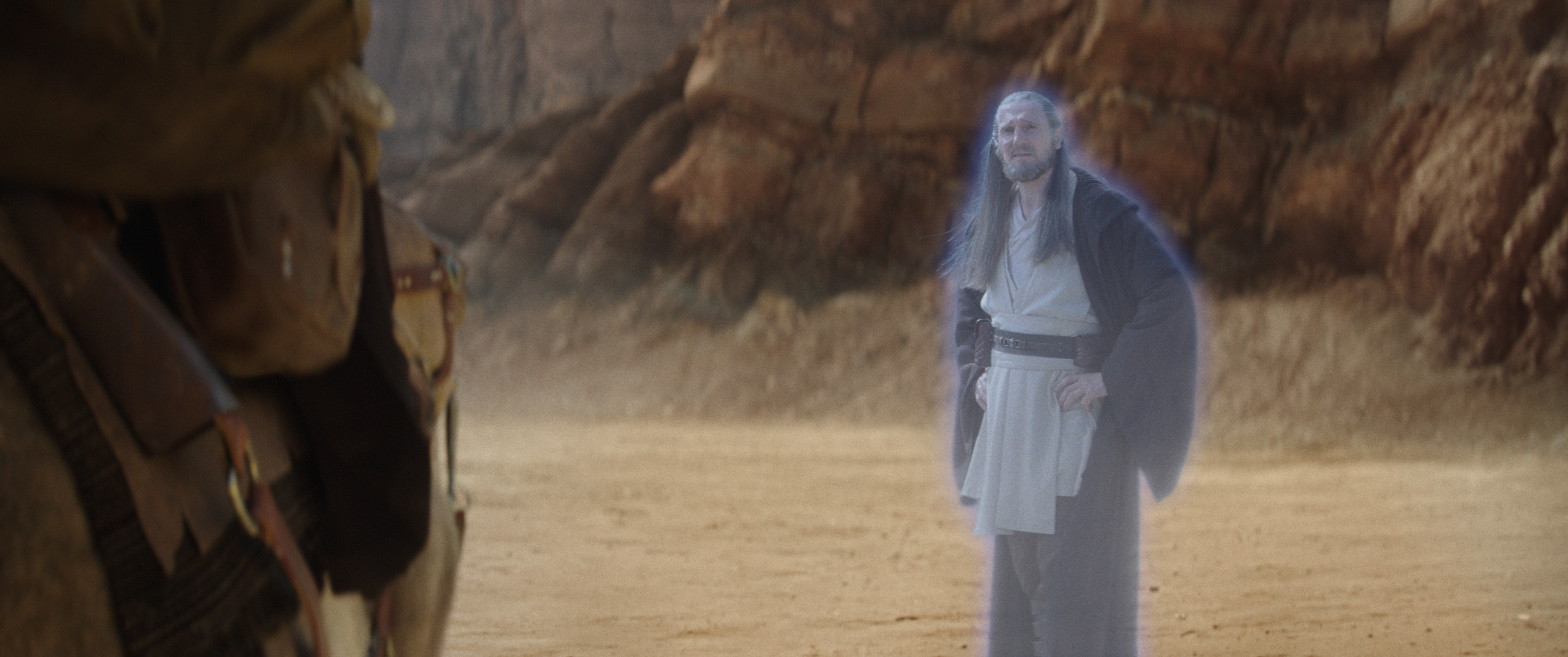
So basically, you’re talking about when you used to cut using an actual film print, the assistant editor couldn’t do their own cut of a scene, but now that it’s non-linear and non-destructive, they can.
Let's talk about music and sound effects a little bit and how those create a world.
DE TOTH: I gotta give kudos to Josh because he did some fantastic sound work.
DIXON: Yeah. When I first was talking to Josh about taking this job, I said, “Yeah, man, you're gonna do a whole lot of sound effects of lightsaber battles.” and Josh had an immediate and excited response of “Oh really!?”
DE TOTH: Let me interject real quick. My family and I were living in Berlin at the time, so I came out alone to LA for a year to do the show. The length of my tenure on Obi-Wan was pretty much spent alone. Therefore I would come in really early, and I often, times I'd come in hearing the sound effects emanating from Josh's room. Josh was on it!
DIXON: Josh and Nick are the early people. I'm the one who comes in at 10 in the morning, and I'll stay until 10 at night. Those guys are the ones that come in at 7 or 8 in the morning.
EARL: When no one's around except maybe Nick was around, you can zone in on it, turn it up, and maybe I didn’t need to keep the door all the way closed.
I come from a world of unscripted stuff, so I did Deadliest Catch back in the day and did all these things. I'd work with a composer, they would make music that I could then edit into the show, or it was something I could construct. That's where my world was; we didn't have music editors, we would get sound design at the end, but you have to do a lot of your own and make sure your show looks good so that it doesn't get kicked back. I've always really loved that, and being able to do it for Star Wars was a whole new thing. Kelley even warned me that this would become tedious with the amount of lightsaber noises, but man, did I have fun! I didn't necessarily love when we cut something, and then all my sound effects went one way, and I had to figure out to get them back this way. That was a whole other thing, but I really enjoyed working with the sound because we didn't have Nick Fitzgerald, who was our music editor, for a little while. I got through a lot of this stuff with Nick here, and we talked music as much as we could.
DIXON: We were not allowed to use Star Wars music, by the way.
DE TOTH: Yeah, this is one of the things that I spoke with Deb a lot about. Even before even coming to LA, one of the first topics she and I raised was music and what a puzzle this was going to be because it is crucial to the show, but she wanted it to be the same but also not the same. Being different but modern, not offending the fans, which is almost impossible, especially with the music, because the themes are so iconic and everybody loves them. To keep the essence of the classic scores while reinventing it. We have to remember that this takes place between two very well-known entities, Episode 3 and Episode 4.
We can't introduce something that's completely different unless they're new characters, but we can't also go back to that because there's something about those scores. When you listen to them, as much as you love the aesthetics, they are slightly different than they are today. I think if those movies were made today, the themes might exist, but the orchestration and everything might be different because it’s evolved. It's changed in a way that’s not for better or for worse, but it's different. The sensibility is different today than they were when those movies were first made. It's so crucial to everything. The right music just makes it amazing.
DIXON: Music editors are super important. I will say, being fortunate enough to work on things with a little bit bigger budget, they'll hire a music editor, which is great. A lot of productions, especially in streaming, expect music to be absolutely done at the editor's cut stage. They are indignant when it's not done, and that doesn't happen at the higher stages. Yet they don't want to spend the money on a music editor, and I don't think a lot of producers understand how absolutely vital a music editor is. Music editors know obscure scores like the back of their hand. Producers, directors and all these people do not want to hear music from something that they know. It has to go to be something that they haven't heard before but is right for the project. They expect us as editors to be carrying this encyclopedic knowledge of music, and God bless all these people that can, I admittedly can’t. I was joking with a friend of mine and said, when a producer is looking for another editor, and I tell them I know a music editor looking to break into scripted work, and they scoff at the idea about hiring someone who hasn’t cut before yet they see no problem with expecting me to do the job of a music editor. Music editors really are so incredibly vital.
DE TOTH: I remember on Live Free or Die Hard, Marco Beltrami was a great composer but was limited to a certain amount of time to put something together. So he scored it, but then we reshot the whole ending of the movie, which he hadn't scored, and Alex Gibson, the music editor who was also his music editor basically, with Marco knowing, came in and recut and basically created the score for the end of the movie. In the end, he was the only music editor ever to win an Oscar, which I think he won for Dunkirk.
Amazing stuff, Kelley, Nicholas, and Josh; thank you so much for your time. I really appreciate it, and thanks for cutting a great series.
EARL: Thanks, Steve
DE TOTH: Thanks!
DIXON: Thanks for watching.
